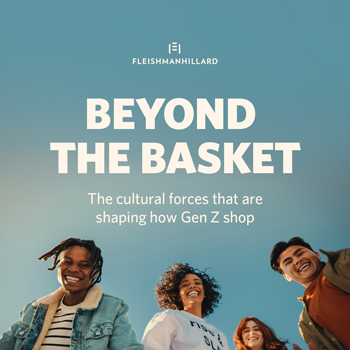TechMunch: The Evolution of Online Video
Almost 1/3 of the internet use YouTube, the second largest search engine in the world, which is proportionate to being the 3rd largest country in the world. This no longer surprises me but there was a time not so long ago, when online video didn’t exist let alone consume 1 billion hours of the population’s time each day.
In 2000, only 3% of Americans had broadband internet access. Early spread of video came in the form of email chains (remember: “for every person you forward this email onto…”), but with the introduction of video sharing sites and advancements in mobile and internet technology, online video has fast become entrenched in daily life.
In June this year, Fox Sports announced it would eradicate around 20 writing and editing positions to focus on video and move away from online written content. In the age of the connected customer, they aren’t the only company taking advantage of the fact that 64% of people are more likely to buy a product online after watching a video about it. Mobile video consumption grows by 100% each year and adding a video to a marketing email can boost click-through rates by 200-300%. With cost no longer a major barrier to making successful videos, companies are teaming up with online video entrepreneurs to engage the customer in their brand, products and services in a visual online market.
But online video is not for everyone. Whilst many have been successful with online video, it seems it is not as easy as it looks. Communicating an expansive topic to a large group can be a challenge, especially via a non-interactive video pitched to an interactive social audience. Big brands aren’t used to spending money in this area or working with these platforms, so there is a need for them to be versatile.
One way to make video more social is to work with an online influencer who already has a following and the aptitude to reach a valuable target audience. But it’s not as simple as sending a product to the likes of Zoella and asking her to show it off to her 12 million YouTube subscribers in one of her videos. The creator needs to be relevant, interested in the products and communicated with effectively so as not to be seen as a “sell-out” by their followers. You are unlikely to get successful partnerships if you have not done the research behind their style and audience.
Videos need to be authentic in order to be successful and the audience should be captivated in the first few seconds. It makes sense: if you’re not captivated by a book in the first few chapters then you’re less likely to read to the end. Consumer expectations need to be met to create a conversation between the audience and the brand, and content needs to be visually stimulating, crisp and high quality – remember this?
Furthermore the digital market is changing around video, and brands need to be conscious of this. More people are watching on small screens, and with the development of social media it is becoming increasingly interactive. Brands are starting to take note of what consumers want to see online and the need for a connection with their audience. Increasingly, social media is adapting and different channels are being used in more diverse ways. 85% of all videos on Facebook are watched without sound and rely entirely on the audience being visually captivated in the first 3 seconds. Not only this, but videos are now embedded in the news feed so as you scroll videos play, whether you have chosen them to or not.
The next movement is towards live video. Facebook started this trend by launching its live streaming service but other social channels and tech companies have been following suit. Forbes says that what makes a live video so popular in the first place is: appeal of visual content; “in the moment” value; and instant feedback. For brands, live stream provides a way to connect with audiences in real-time. Viewers can be immersed in an event as it happens. This also allows more control for brands as the longevity of a live stream campaign can be determined based on its reception throughout.
So as the digital world evolves, so should the creators and brands using it. Whilst it’s here to stay for now, it’s not always been for everyone – but perhaps it should be going forward. Businesses shouldn’t expect their videos to go viral but if done well, they can be a powerful marketing tool to promote the brand and its products.
If nothing else we can all appreciate how online videos have developed from the first ever YouTube video to the creative videos we see around us today.
Enya Lumley, Technology
Find Out More
-
Achieving Outsized Impact by Building Stronger Country Reputation
February 18, 2025


